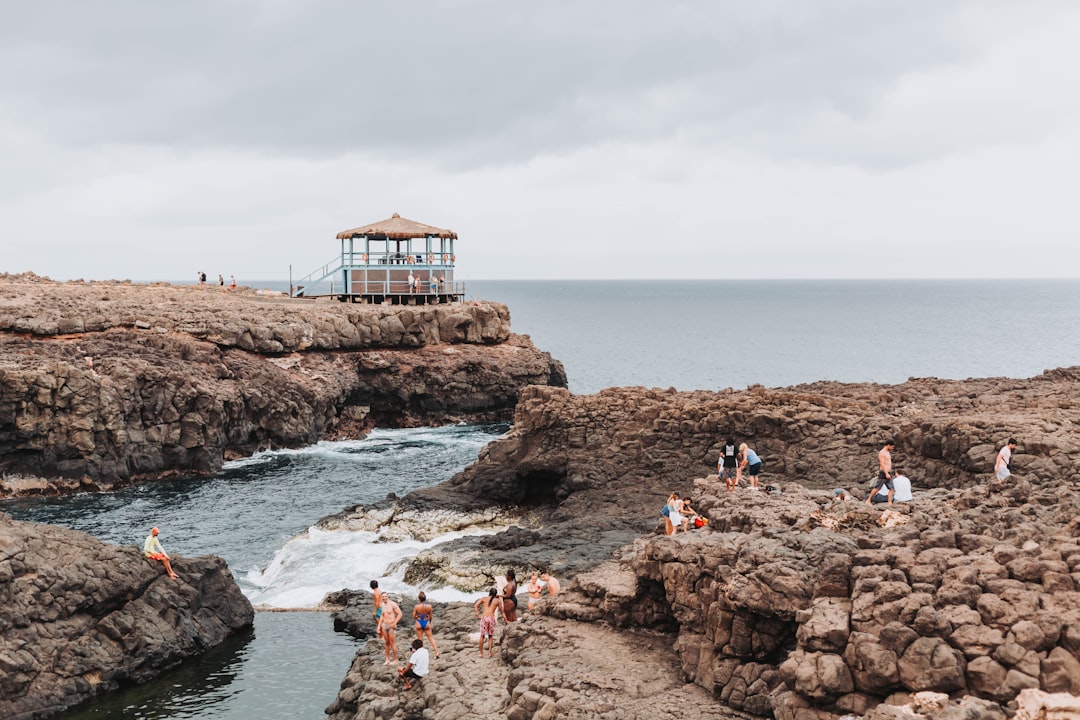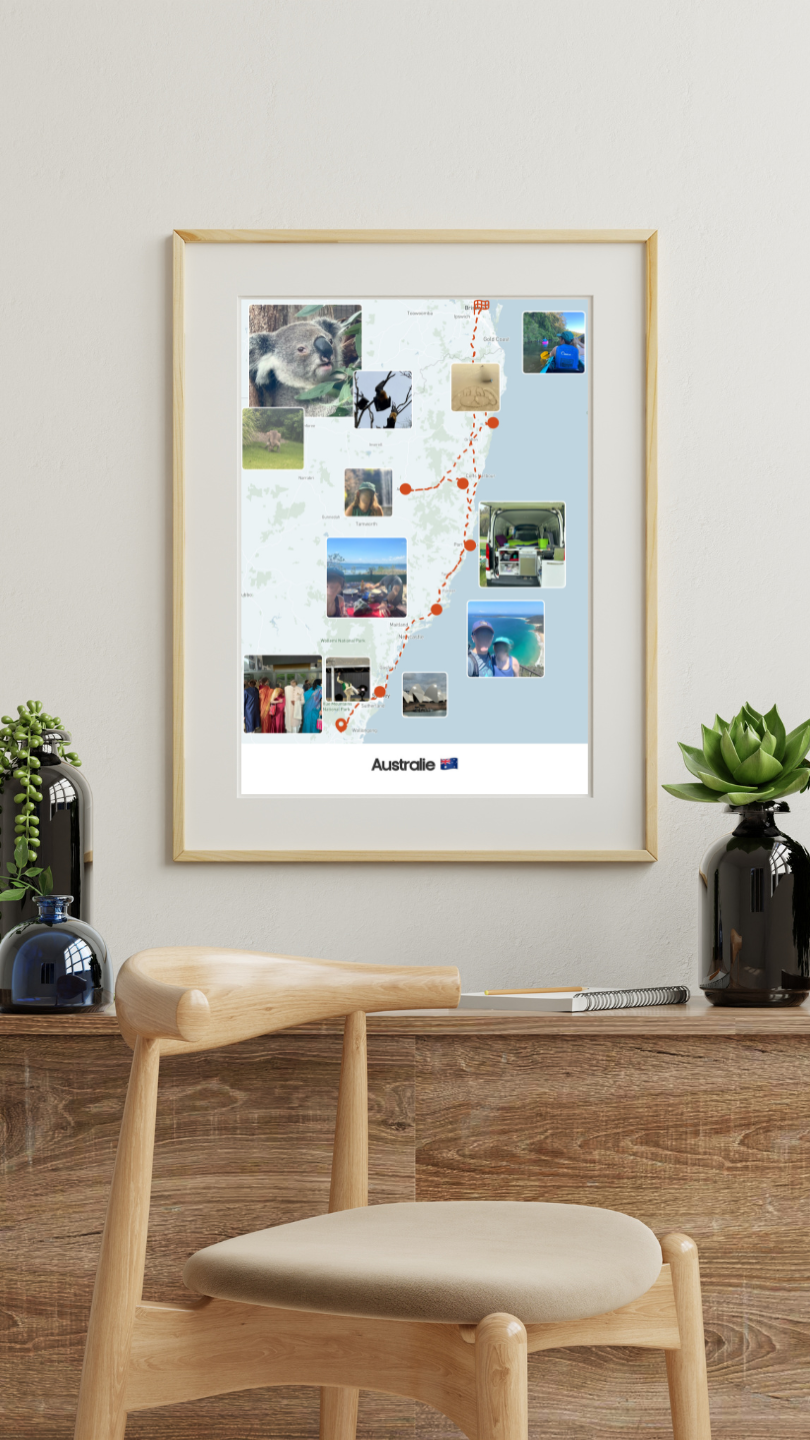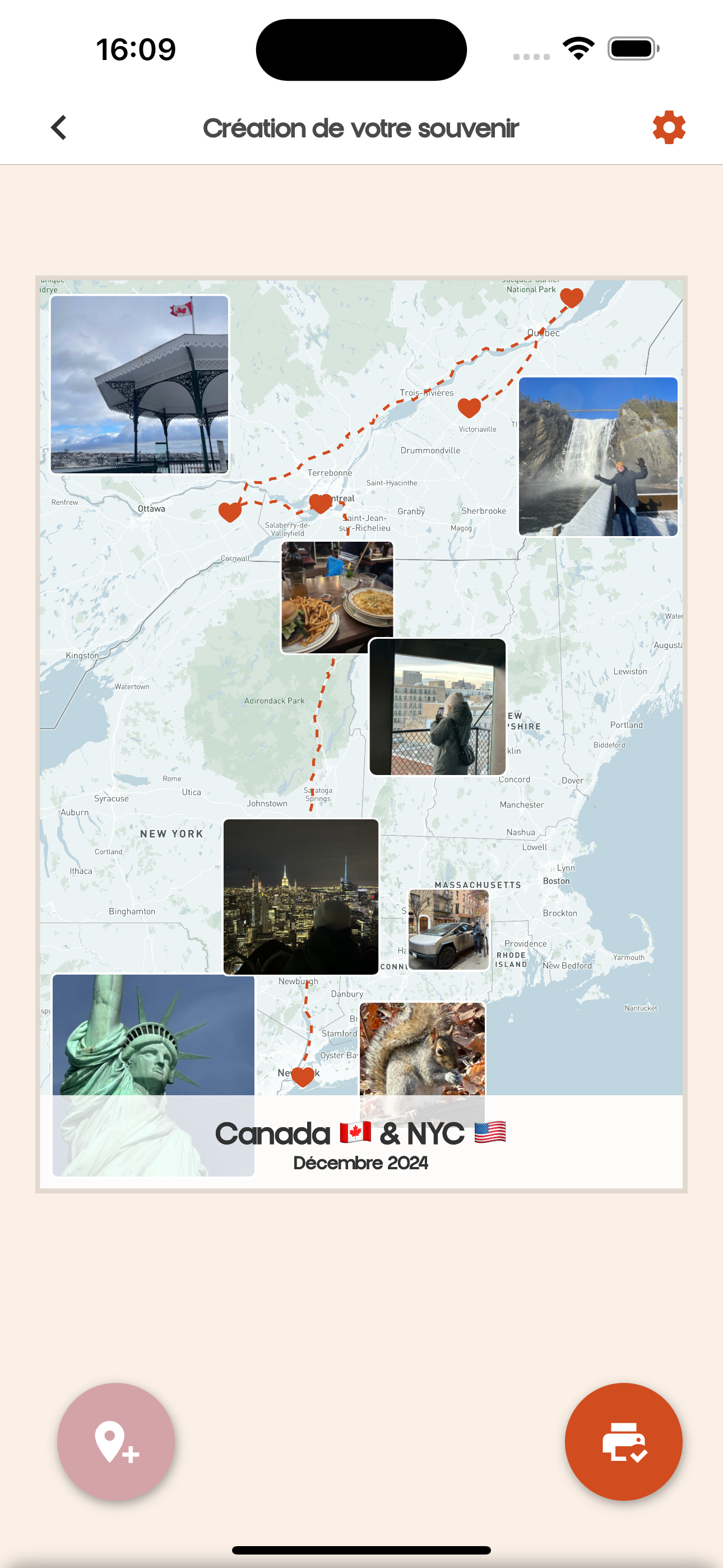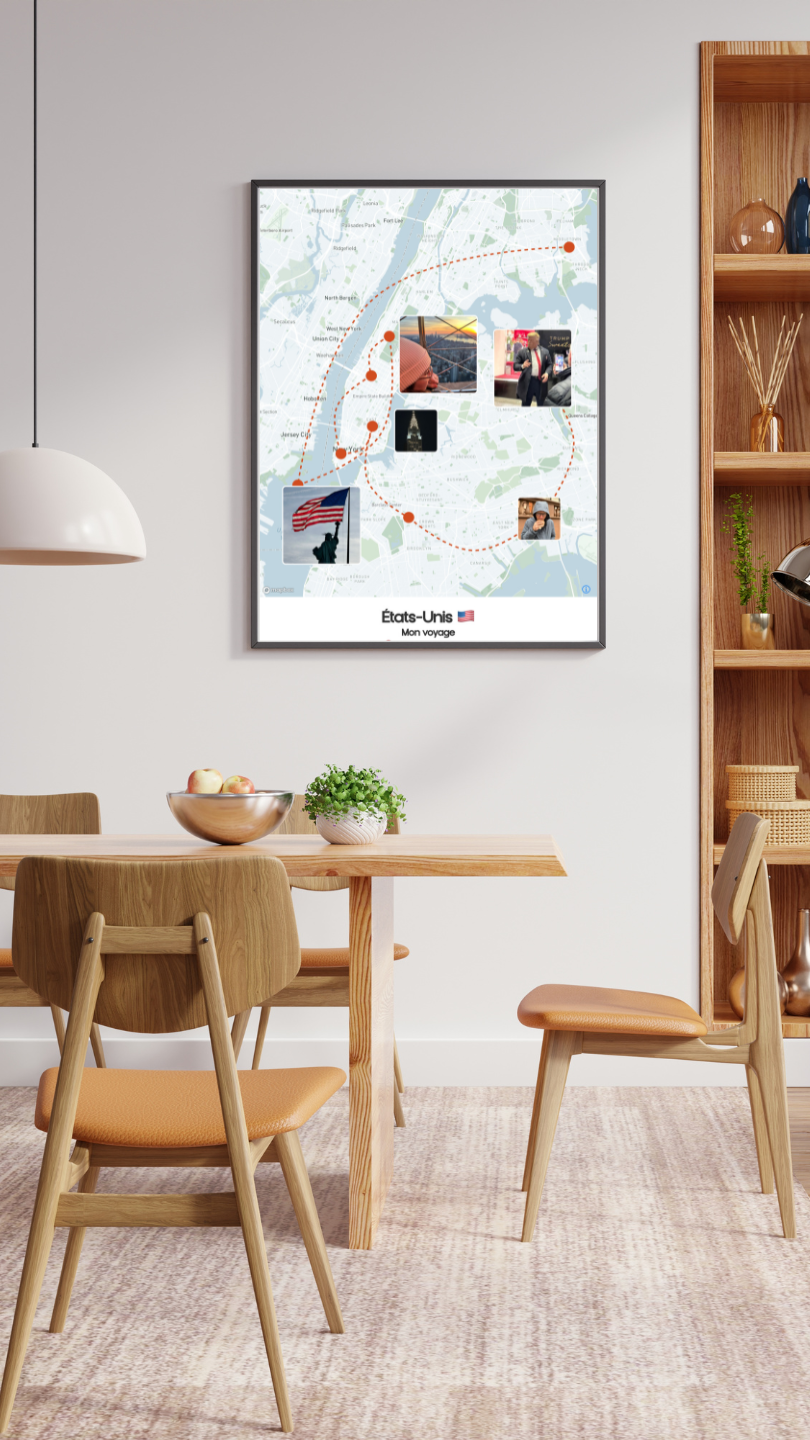The dream of a road trip in South America attracts more and more adventurers seeking escape. With the splendor of natural landscapes, rich culture, and the hospitality of the locals, there are so many reasons to embark on this adventure. This article will provide you with valuable tips for planning your trip, as well as detailed itineraries to explore some of the continent's most fascinating treasures.
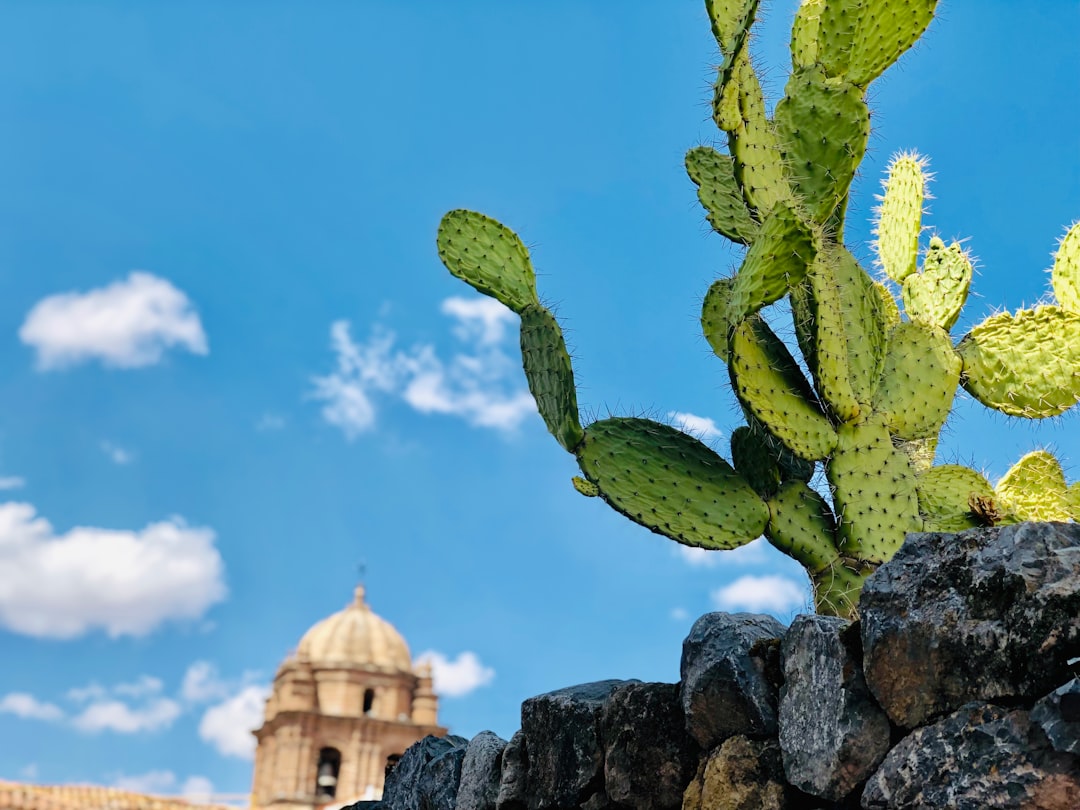
Introduction to Road Trips in South America - Discover Adventures in South America
Preparing Your Road Trip - Road Trip in South America: Useful Tips
Preparation is essential to ensure the success of your road trip. Here are some tips to help you plan:
- Choose Your Vehicle: Whether it's a car, van, or RV, make sure it's suitable for South American roads.
- Necessary Documents: Ensure you have your driver's license, valid insurance, and any necessary visas.
- Establish Your Budget: Prepare a budget that includes accommodation, food, fuel, and activities.
- Plan Your Itinerary: While spontaneity is part of the charm, a basic itinerary can help you avoid dangerous areas and maximize your time.
- Research Weather Conditions: Climates in South America vary greatly.
- Stay Informed on Safety: Research areas to avoid and heed travel advisories from authorities.
- Learn Basic Spanish Phrases: This will facilitate interactions with locals.
- Download Useful Apps: Use apps for navigation, translation, and points of interest.
- Pack a First Aid Kit: Be prepared for minor injuries or mechanical issues.
- Be Ready for Adventure: Stay flexible and prepare for unexpected encounters.
Top Itineraries for a Road Trip in South America - Road Trip in South America: Recommended Routes
Here are some must-see itineraries:
1. The Wine Route - Argentina
Explore the wine region of Mendoza, with its vineyards, mountain landscapes, and gastronomy.
2. The Pacific Coast - Chile
From Santiago to Valparaíso and Torres del Paine National Park, Chile offers beautiful coastal scenery.
3. Southern Brazil
Visit Florianópolis, the Iguazu Falls, and discover gaucho culture.
4. The Lake Route - Patagonia
From Bariloche to Puerto Varas, admire glacial lakes and volcanoes.
5. The Altiplano Circuit - Bolivia
Visit the Salar de Uyuni and experience Andean culture.
6. The Inca Route - Peru
From Cusco to Machu Picchu, follow the trails of the ancient Incas.
7. The Iguazu Falls - Brazil/Argentina
One of the most impressive natural sites in the world, not to be missed.
8. The Pampas - Argentina
Immerse yourself in gaucho culture in the heart of the Argentine plains.
9. The Glacier Road - Chile
Explore spectacular landscapes around El Chaltén.
10. Triumph in the Andes - Argentina and Chile
Discover breathtaking panoramas through the Andes Mountain Range.
Essential Items to Bring on Your Road Trip - Road Trip in South America: What to Pack
Here are the essentials not to forget:
- Important documents: Passport, driver's license, and insurance.
- Appropriate clothing: Outfits depending on the season and region.
- Basic necessities: Sunscreen, medications, etc.
- Camping gear: If you plan to camp, don't forget your equipment.
- Snacks and water for the road: Have refreshments handy for your journey.
- A good GPS or paper maps: In case of network issues.
- A camera: To capture your memories.
- A travel guide: To assist you during visits.
- Phone chargers: To stay connected.
- Games or books: For downtime during travel.
What to Expect on the Road - Road Trip in South America: Experiences and Surprises
A road trip in South America is not without surprises:
- Diverse landscapes: Mountains, beaches, jungles, each region has its own charm.
- Diverse cultures: Each country has its traditions, dialects, and cuisine.
- Road challenges: From winding roads to tight turns, vigilance is necessary.
- Local encounters: Be open to interacting with locals; they can enrich your trip.
- Markets and festivals: Enjoy local culture through its events.
- Flora and fauna: Meeting unique species in their natural habitats is incredible.
Conclusion - Road Trip in South America: An Unforgettable Journey
A road trip in South America is a rewarding experience, full of discoveries and breathtaking landscapes. With good preparation, an open attitude, and a willingness to explore, you are sure to create lasting memories. Get ready to embrace the unknown and create lifelong memories! 🌍
FAQ - Road Trip in South America: Tips and Itineraries
1. What is the best time to go on a road trip in South America?
The best time for a road trip in South America depends on the regions you wish to explore. Generally, the dry season, from May to September, is ideal for visiting most of the continent, including Argentina, Chile, and Peru. However, if you plan to discover the Amazon region or Brazil's tropical climate, the wet season can sometimes be more enjoyable. It is advisable to avoid the months of December to February due to heavy rains and heat in some areas. Good planning of your itinerary based on local climates ensures a peaceful and enjoyable experience.
2. What type of vehicle is recommended for a road trip in South America?
The type of vehicle you choose will primarily depend on your planned itinerary and personal needs. For paved roads and cities, a standard car is sufficient. For rougher roads, an SUV or off-road vehicle is recommended. If you plan to camp, a converted van is ideal. Also, consider renting a vehicle with good insurance coverage, especially if you plan to take isolated roads. Familiarize yourself with the insurance conditions concerning unpaved roads, as this could impact your trip.
3. What are the main attractions to see on a road trip in South America?
There are so many attractions you could visit in South America! Among the must-sees, you will find the Iguazu Falls, Machu Picchu, Patagonia, Salar de Uyuni, and the colorful markets of La Paz. Don't miss the wine region of Mendoza in Argentina, gaucho culture in the Argentine pampas, or the vibrant Valparaíso in Chile. Each country has its own wonders to offer, contributing to making your road trip unique. Your itinerary can also include moments to pause and appreciate the local gastronomy, art, and culture along the way.
4. How to manage safety during a road trip in South America?
Safety is a legitimate concern during a road trip in South America. Here are some tips to stay safe: Avoid driving at night in isolated areas, keep your doors locked and windows up when stopped, and do not leave valuables in plain sight in your vehicle. It is wise to be aware of areas that are recognized for their insecurity. Prepare your itinerary in advance, and research safety conditions in each region you will be visiting. Using local apps that notify you of security incidents can also help you stay informed.
5. What culinary specialties should be discovered in South America?
South American cuisine is as varied as its landscapes. Each country has its specialties to savor. In Argentina, don’t miss the famous asado (barbecue) and empanadas. In Peru, try ceviche, a staple dish made with fresh fish. Brazil will delight you with feijoada, a black bean stew. In Bolivia, sample salteñas, a stuffed pastry. Each region has its culinary influences, blending local traditions and heritage. Be curious and ask locals for restaurant recommendations to make the most of local gastronomy.
6. What are the driving rules in South America?
Driving rules in South America vary from country to country, but some essential points remain common. Most countries require you to drive on the right. It is important to wear seat belts and adhere to speed limits. Generally, main roads are in good condition, but secondary roads may be less maintained. Keep in mind that potential dangers include reckless drivers and stray animals. Be aware of your surroundings and adjust your driving. Familiarize yourself with the specific rules of each country you plan to visit to ensure your safety and that of others.
7. Should I purchase travel insurance for a road trip?
Yes, it is highly recommended to purchase travel insurance before embarking on a road trip in South America. This insurance can protect you in case of health issues, accidents, or theft. Make sure your insurance policy also covers the activities you plan to engage in, such as hiking or diving. Additionally, ensure you are covered for trip cancellations and lost luggage. In some cases, you may also need supplementary insurance for the vehicle, especially if you rent. This can provide peace of mind in case of unexpected events during your adventure.
8. Is it easy to find accommodations during a road trip in South America?
In general, it is quite easy to find accommodations during a road trip in South America, but it depends on the regions. In major cities and tourist areas, you will find many hotels, hostels, and rentals. However, in less frequented regions, choices may be more limited. It is advisable to book in advance during the high tourist season. Also, consider exploring options such as camping and homestays for an authentic experience. Online booking platforms can be very helpful for finding accommodations that suit your needs.
9. What alternative means of transportation can I use for segments of my road trip?
If some parts of your itinerary are more difficult to access by road, consider other modes of transport. Long-distance buses are common in South America and often comfortable, making your travel easier and less stressful. Trains, while less common, can offer stunning views and a pleasant experience. In some regions, such as island connections, you may also find ferries. If budget allows, internal flights can significantly reduce travel time. This is a good alternative if you need to cover long distances in a short time.
10. What should I do in case of a breakdown or emergency on the road?
In the event of a breakdown or emergency, it is important to remain calm and follow a few steps. First, secure your vehicle off the side of the road. Then, try to contact your roadside assistance service, if you have one. When in the vehicle, turn on your hazard lights to alert other drivers. Do not leave your car if you are on an isolated road, especially at night. Familiarize yourself with the local emergency number, as this will simplify your steps in case of need. A first aid kit in your vehicle can also prove useful for managing minor emergencies.
